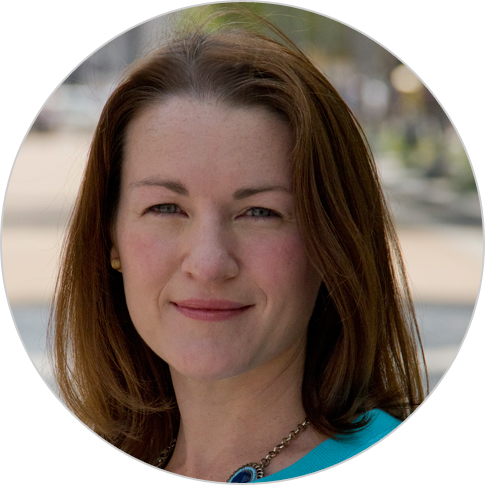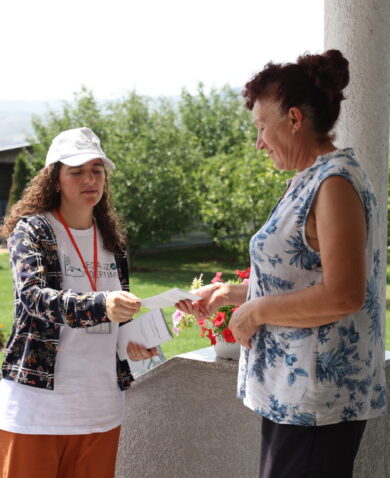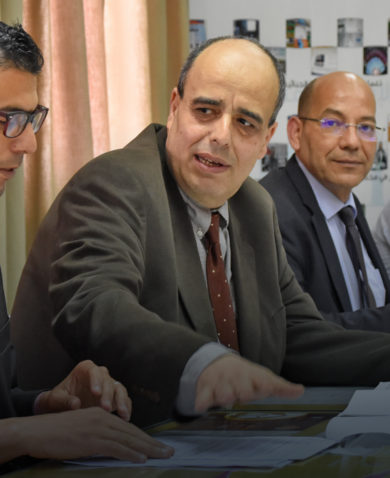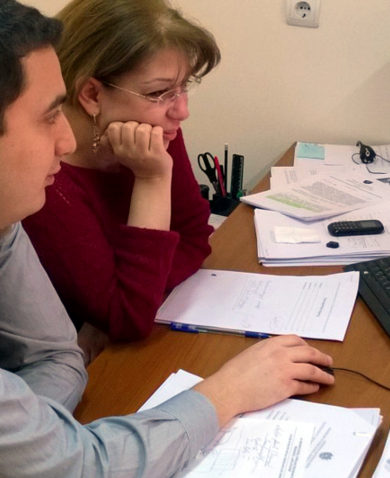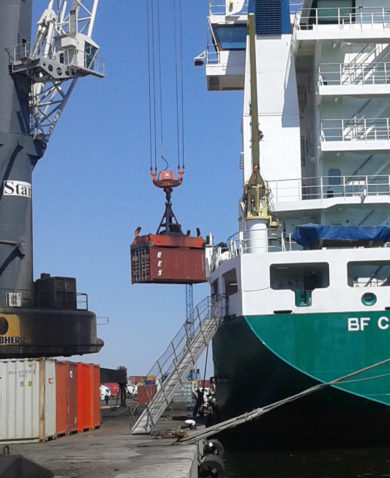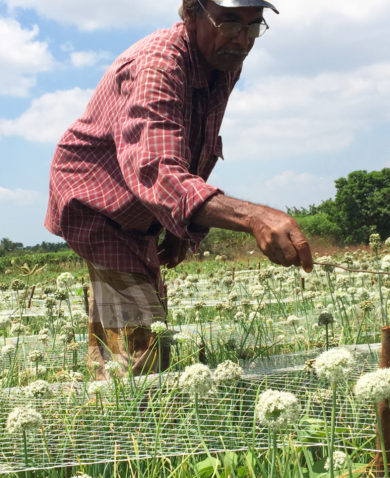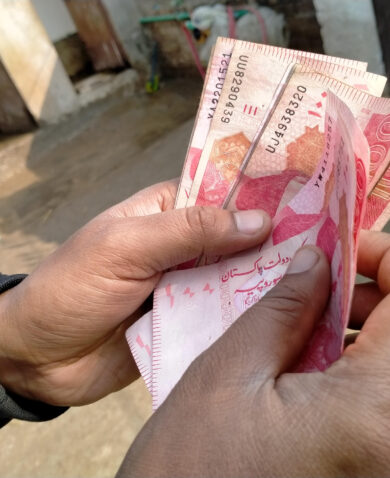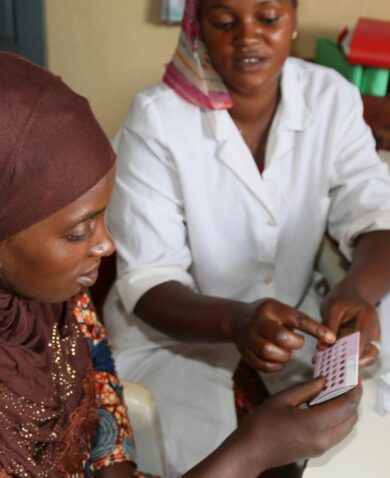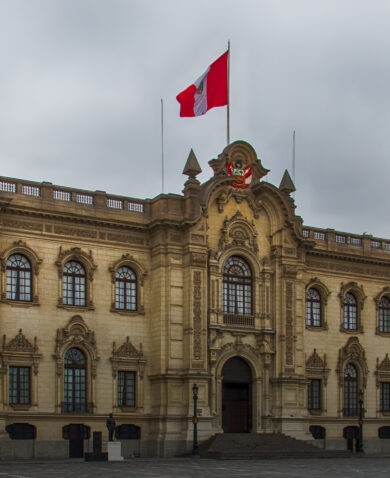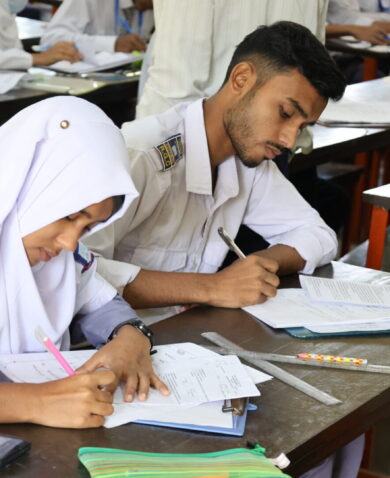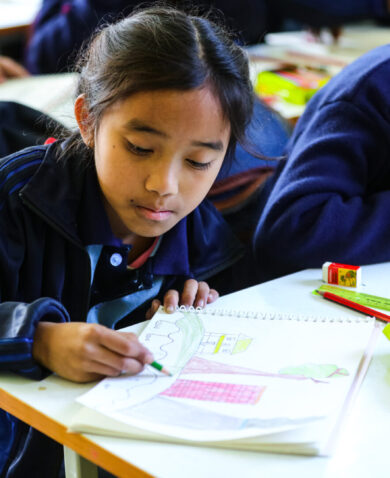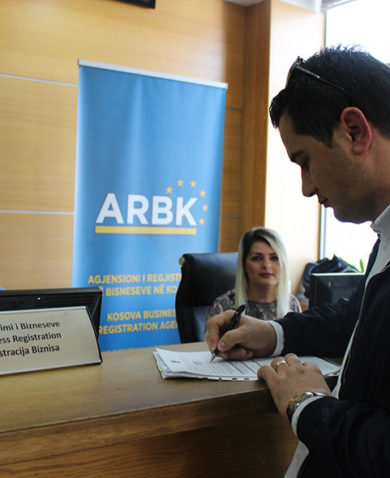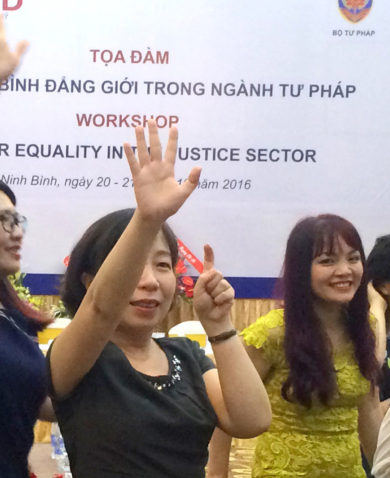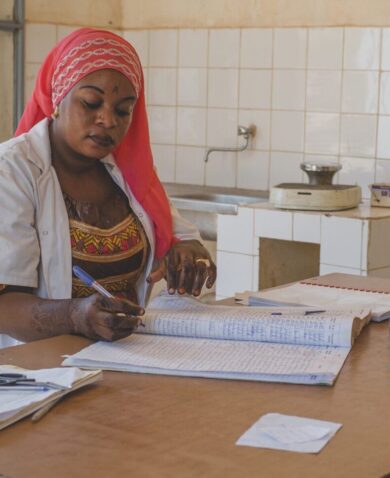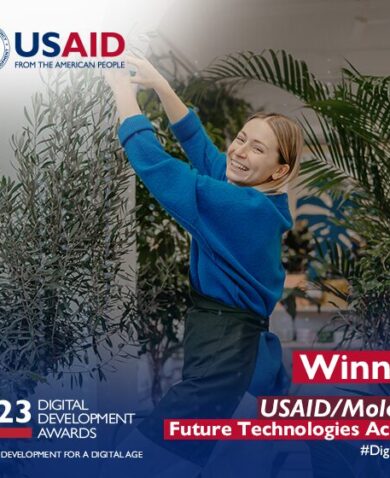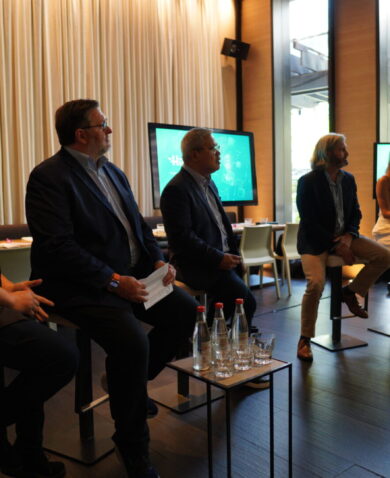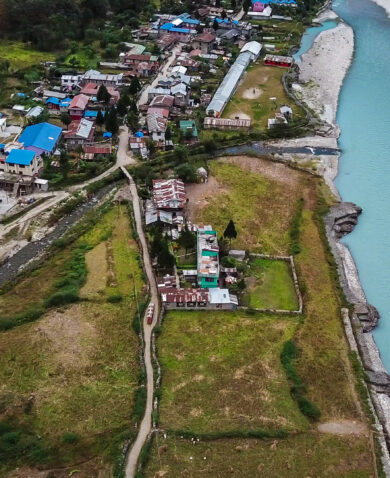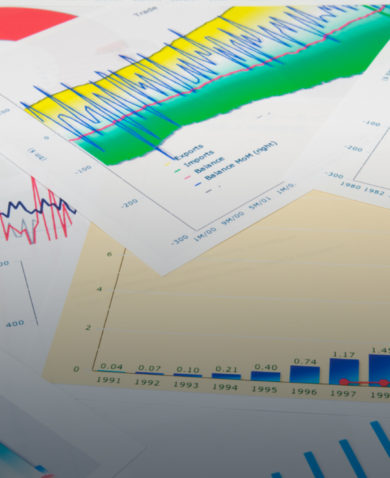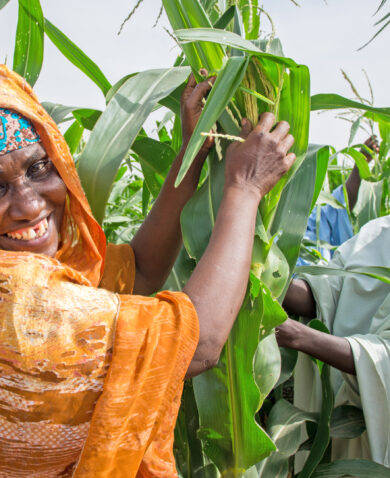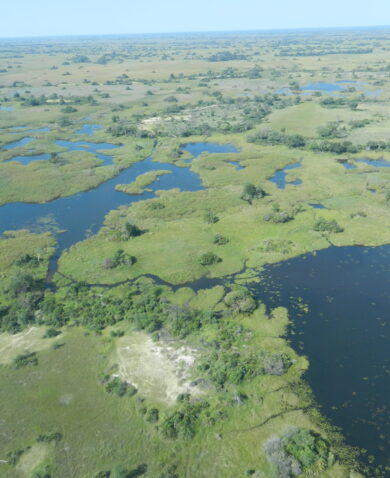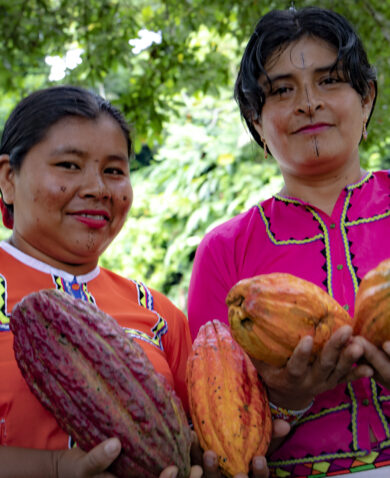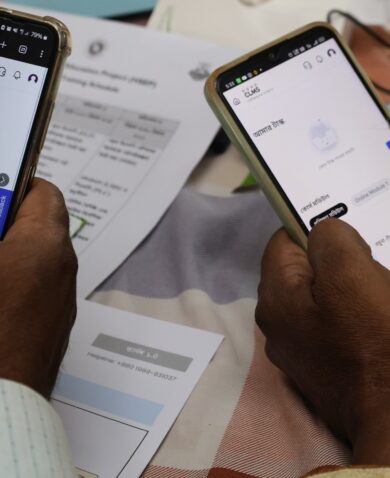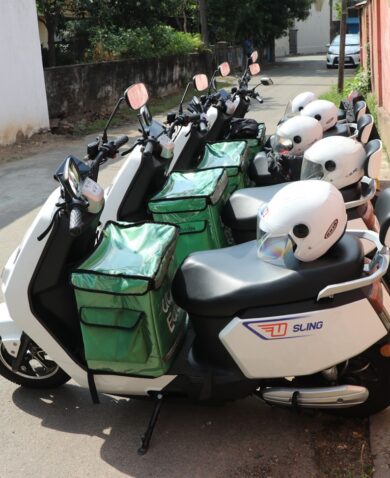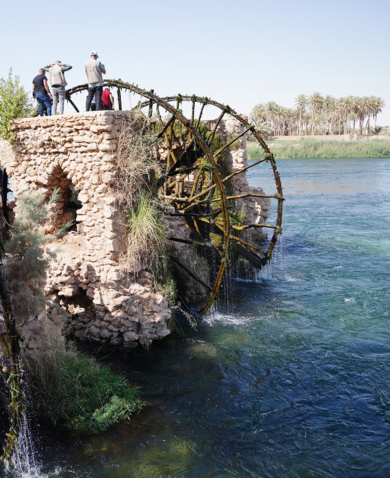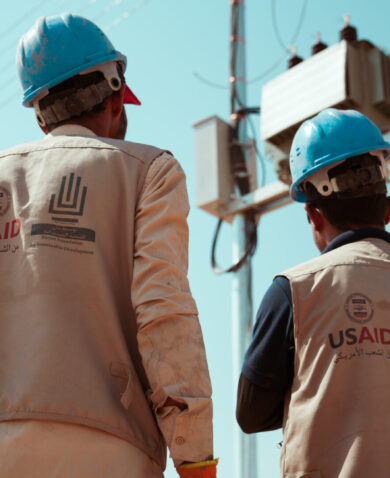
3 Questions with Anne Spahr: From A to Z on Economic Growth in Asia and the Middle East
February 21, 2017 | 4 Minute ReadAnne Spahr discusses impact investing, the revenue capital model, and why development implementers should take rapid assessments with a grain of salt.
Anne Spahr is the chief of party of the USAID-funded Asia and Middle East Economic Growth (AMEG) Best Practices Project. She is a micro, small, and medium enterprise (MSME) finance and business development specialist with more than 10 years of experience working with farmers, fishers, and small business owners in Africa, Latin America, Asia, and the Middle East.
What trends in the Asia and Middle East regions are you seeing around economic growth? Are there any challenges and opportunities that you see as being particularly unique to those regions?
An interesting trend we’re seeing across both regions is the rise in impact investing and private sector investors who are interested in creating a social impact in their regions. For example, in Asia we’re working with our partner, the Mennonite Economic Development Association (MEDA), to create a framework for integrating gender analysis into investment analysis. They are calling this framework a gendered environmental, social, and governance (ESG) framework. MEDA will pilot the framework with its subsidiary, Sarona Asset Management. MEDA will evaluate how several small and medium enterprise investees in Sarona’s portfolio factor gender into operations and business decisions. Then they’ll work with each firm to demonstrate how incorporating gender considerations can improve its bottom line. Recommendations could be anything from improving working conditions for both men and women to incorporating the perspectives of more female consumers into product design.
In the Middle East, we’ve been supporting USAID’s Middle East and North Africa Investment Initiative (MENA II), an initiative designed to increase private sector investments in early stage enterprises in the region. We’ve brought together the fund’s managers with experts across the region to talk about best practices, such as how to identify early-stage businesses that are ripe for investment, and how to appropriately evaluate risk. We’re also working to get the word out about revenue capital finance, which looks to be a promising approach to finance small and medium-sized enterprises (SMEs) who rarely have enough collateral for bank loans but who are also rarely good candidates for venture capital. Revenue capital combines a loan with a small equity investment. The loan carries a below-market interest rate, but gives the investor the right to receive a small percentage of the SME’s gross revenues. The investee gets the right to re-purchase its equity at a low, predetermined price once the loan principal, interest, and royalties have been paid. The revenue capital approach aligns investor and investee objectives by shifting the focus of the investor from an exit strategy to a strategy of growing the firm.
The greatest challenge right now in impact investing is that we don’t necessarily have enough data from emerging economies yet to show whether or not investments in companies who pay attention to the triple bottom line actually perform better. We have some evidence — for example, we know that companies with more women on their boards perform better, and that impact investments in the U.S. do at least as well as traditional equity investments. We do need more data on the performance of socially and environmentally conscious companies in developing countries, though, in order to truly build the business case for impact investing.
AMEG works with many partners across Asia and the Middle East on related initiatives. How does AMEG facilitate knowledge sharing among diverse decision-makers and participants?
We’ve actually found that the old-fashioned way, of bringing people together in a room to talk to one another, still seems to be the most effective. We mainly host workshops and dialogues to gather and disseminate best practices about what’s working on the ground in different countries and to discuss challenges.
We are exploring other strategies as well, such as creating videos and infographics to disseminate information about approaches to economic growth. For example, we’re creating a video to explain the buyer-led approach to job creation, which involves working with individual firms to identify the unique challenges that are keeping them from growing, and then giving each firm very specific, targeted assistance to begin filling more orders from specific buyers. It’s an approach that Chemonics first championed in Peru more than 15 years ago, and it’s based on evidence we found that different firms in the same industry often confront very different challenges. Now that the buyer-led approach has shown success in Tunisia as well, we’re planning to use the video we’re developing to help disseminate the idea across the Middle East in a clear way.
AMEG supports both research and implementation. From your perspective, what are the key challenges to bridging the gap between research and implementation in development and what best practices can others learn from AMEG?
My perspective comes from a few assessments AMEG has completed that have now become activities on the ground. For example, the Sri Lanka Supporting Opportunities for Livelihoods Development (SOLID) Pilot Activity under AMEG started out as a small rapid assessment and became a $10 million activity based on assessment recommendations. Similarly, a political economy analysis conducted in Libya in 2014 has evolved into a $9 million public financial management pilot.
My main takeaway is that you can only get so much information during a rapid assessment, so it’s important to be flexible during the pilot stage. Implementers get much more information once they are on the ground and working full time, so don’t take the assessment at face value and be prepared to be surprised by the challenges you encounter during implementation. SOLID is a great example of a project that used a flexible approach to transition from assessment to pilot successfully.

